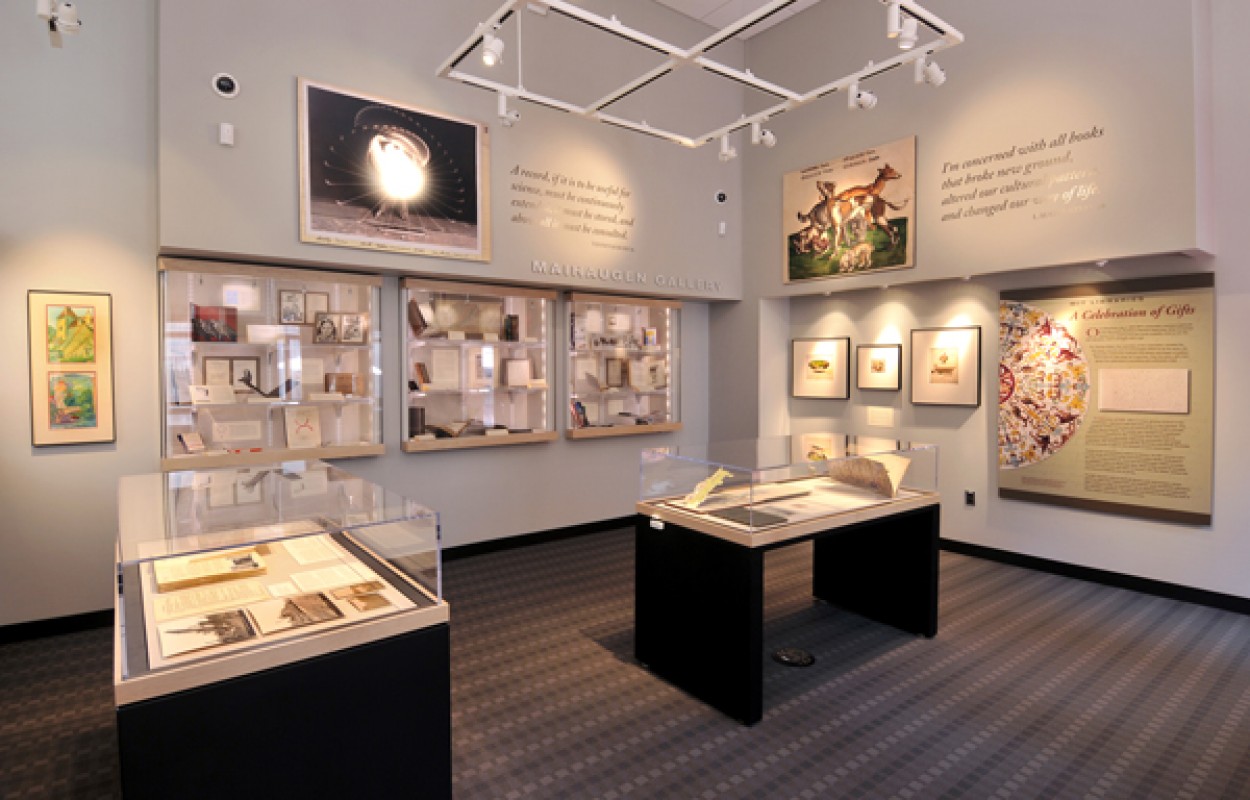Ink, Stone, and Silver Light
This exhibition draws on archival materials from the Aga Khan Documentation Center at MIT (AKDC) to explore a century of cultural heritage preservation in Aleppo, Syria. It takes as its point of departure the work of Kamil al-Ghazzi (1853–1933), the pioneering Aleppine historian whose influential three-volume chronicle, Nahr al-Dhahab fi Tarikh Halab (The River of Gold in the History of Aleppo), was published between 1924 and 1926. Al-Ghazzi’s scholarship emerged during a time of profound political and social transformation—from the collapse of the Ottoman Empire to the rise of the French Mandate. More than being a chronicler, al-Ghazzi held civic and […]
